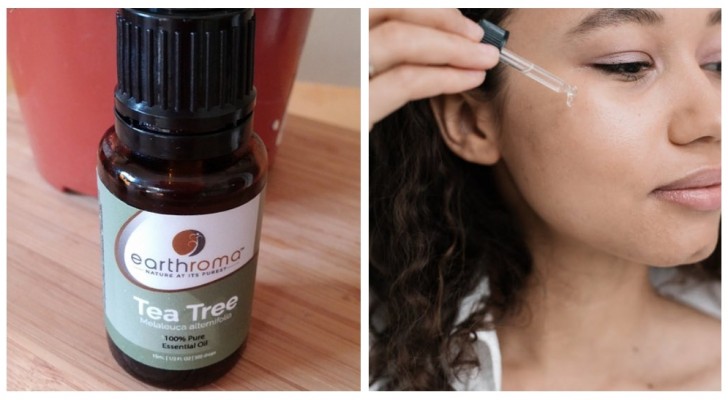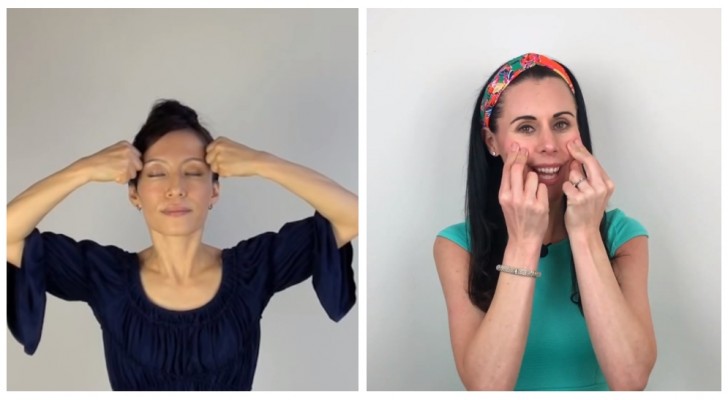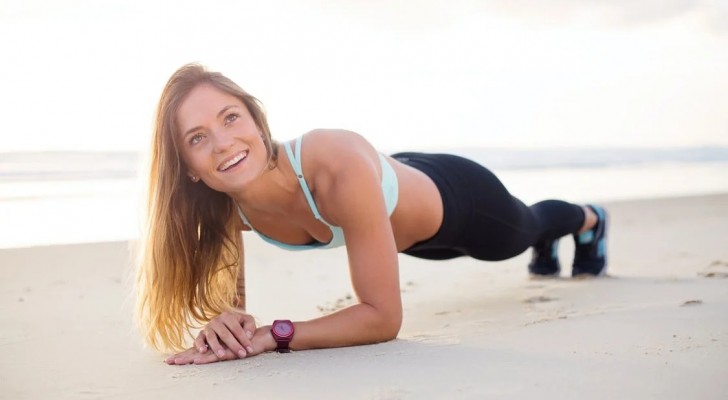Legs propped up against the wall: learn to relax with a comfortable yoga position you can do every day

Propping of the legs against a wall, a pose that in Sanskrit and in yoga practices is also known as Viparita Karani, is a relaxation position that has several beneficial effects for the body.
Easy to do, you can make it more comfortable in several ways and even modify it by changing the position of the legs and arms. It can be used both to catch your breath after an intense exercise session, or just to relax in a pleasant way at the end of a tiring day. Since it can be practiced wherever there is space on the floor and adjacent wall, and it is very easy to learn, it is worth integrating it into your days.
All you need is a mat and, if it helps you to be more comfortable, a blanket or two pillows (those used for yoga, shaped as tubular or rectangular items). You can place them under your head, or under your hips or even behind your back: you choose the point where they help you best without bothering you. The intent is, in fact, to assume a comfortable position in which you can stay as long as you want.
You can start by keeping your legs a little flexed, or even put a pillow behind your knees and against the wall. And if you want to get away from the world a little while relaxing in this position, you may prefer to cover your eyes with a scarf, a light pillow or something similar.
- Sit next to the wall.
- Raise your legs and in the meantime rotate your body so that your legs are on the wall.
- Get your hips as close to the wall as possible.
- Keep your legs straight (or slightly flexed, as you prefer), along the wall.
- Your arms can stay straight at your sides or just spread out to help you find stability.
- Find the point of balance, let go of the weight of the legs on the wall and slowly relax the whole body, including the neck and head. If necessary, adjust pillows or blankets and let yourself go. Stay in this position for 10 to 20 minutes if you can.
- To release the position, bend your knees and bring them towards your chest, meanwhile turn to one side.
- Rest a few moments before getting up from this position.
There are also variations of this pose: for example, you can lower your feet and bend your knees outwards, so that your palms touch together and create a kind of rhombus with the legs, the so-called butterfly position. It is great for opening the hips and doing some very light stretching.
You can also cross your legs, that is, place the right heel on the left knee and the left heel just behind or below the right knee, creating a kind of square with the legs, always resting against the wall.
There are also those who place a pillow of the heavier type (usually tubular) on the feet, as if it were to support the weight by holding it on the soles of the feet facing upwards.
As for hands and arms, you can try various positions: those of the hands, in yoga practice are called mudras and there are many, also to promote meditation. Otherwise, you can fully spread your arms so that they are perpendicular to the torso. Anything that makes you feel more relaxed and with your body stretched out and in place!
Have you ever tried spending time in this position?





